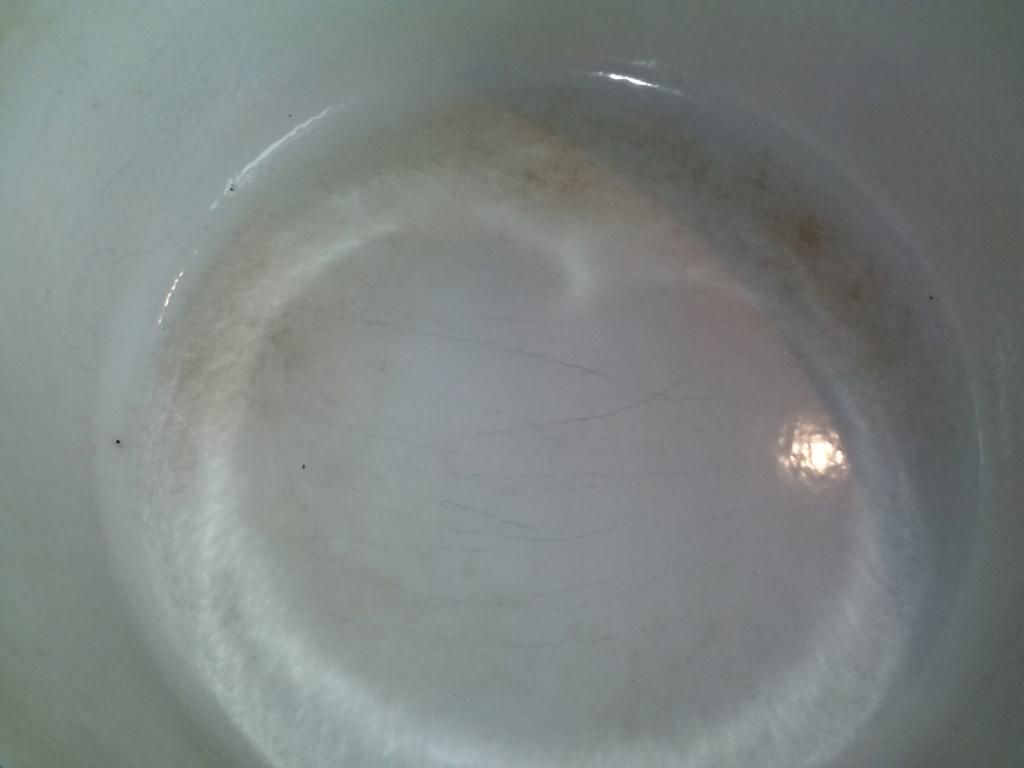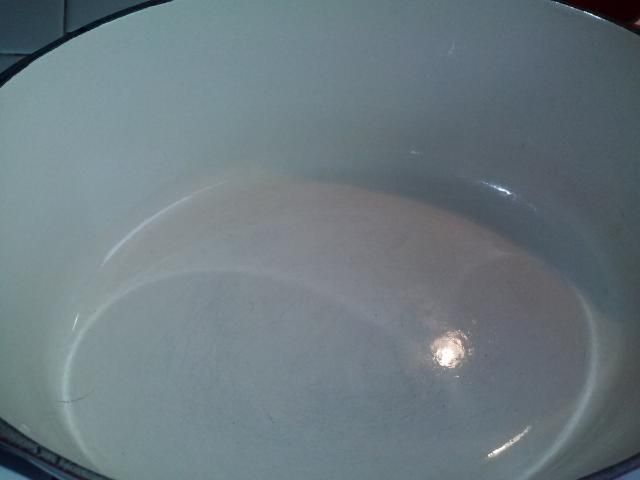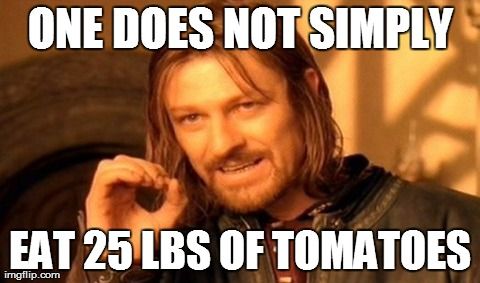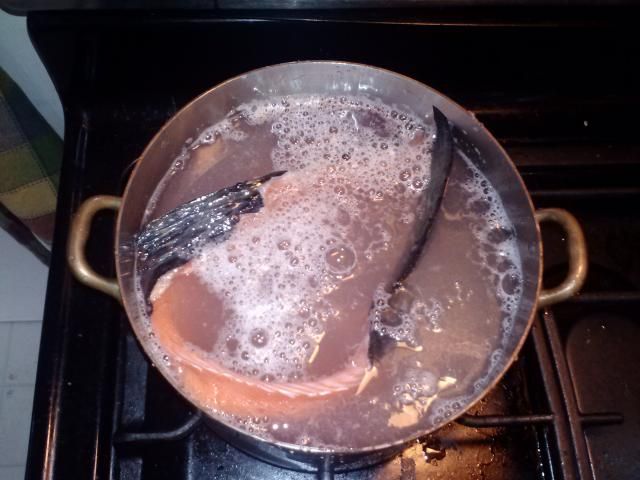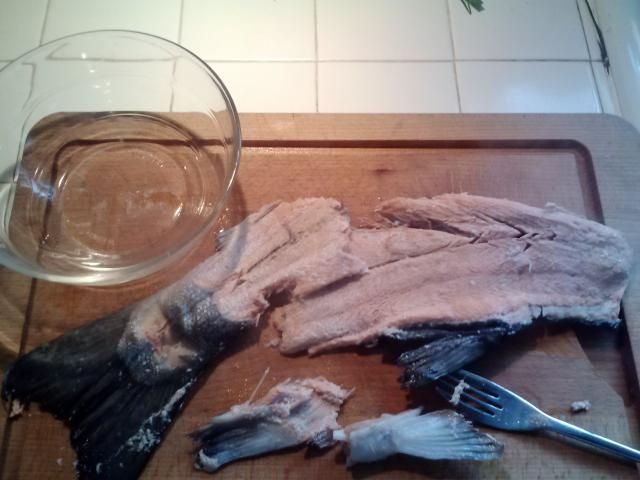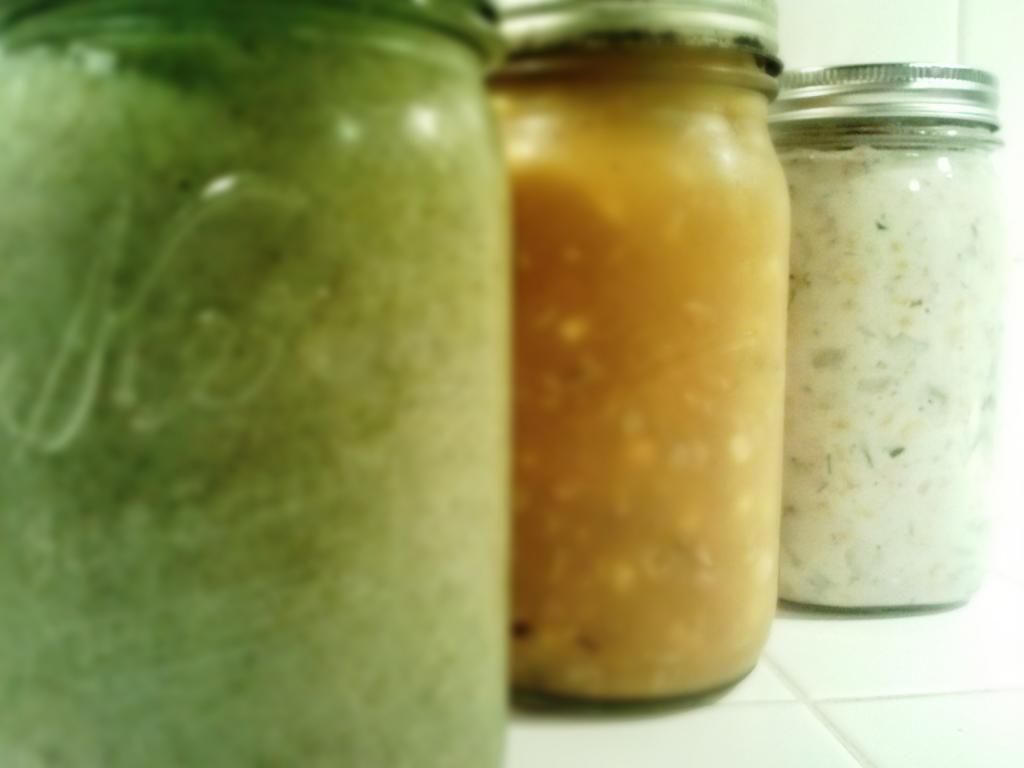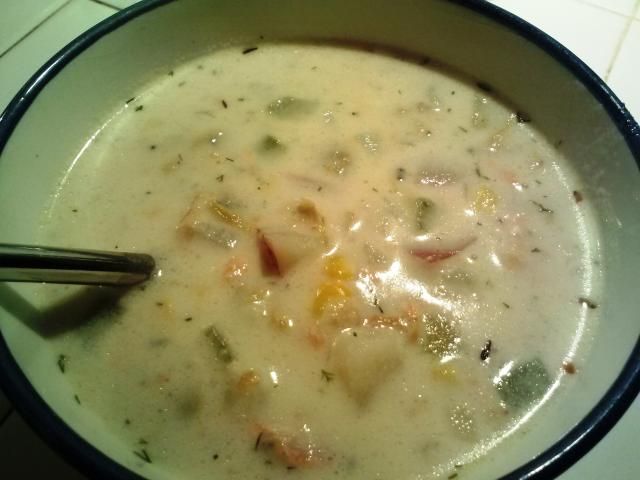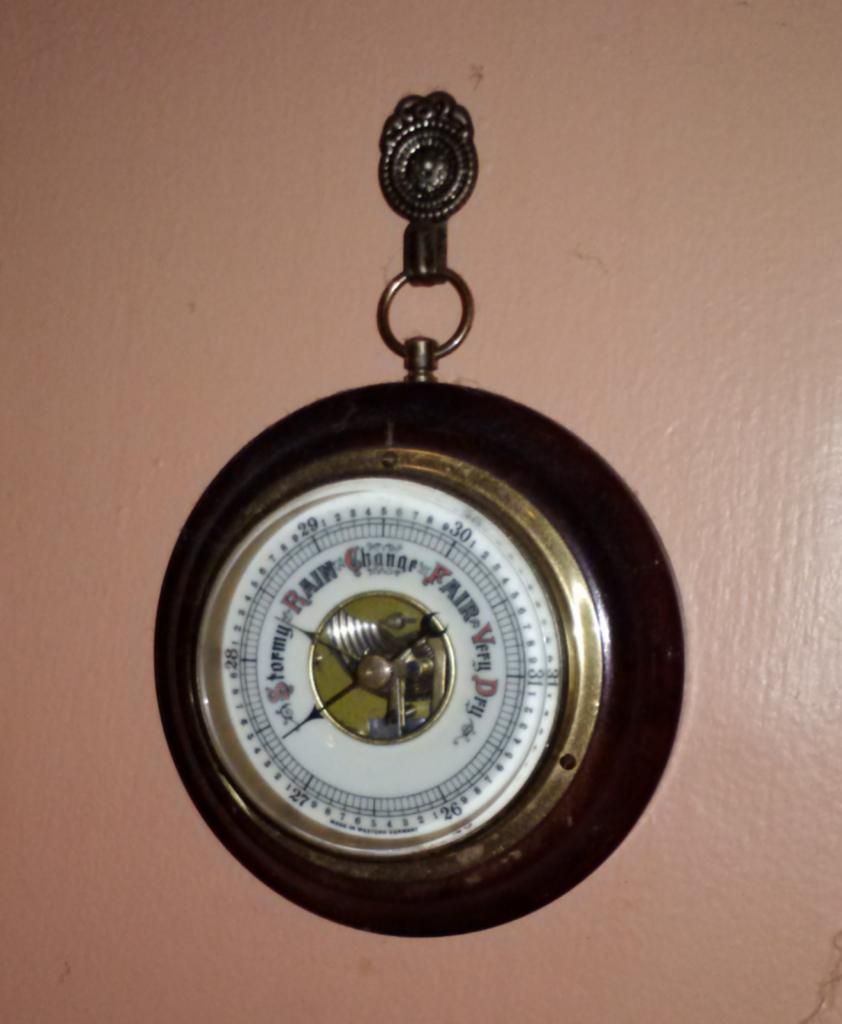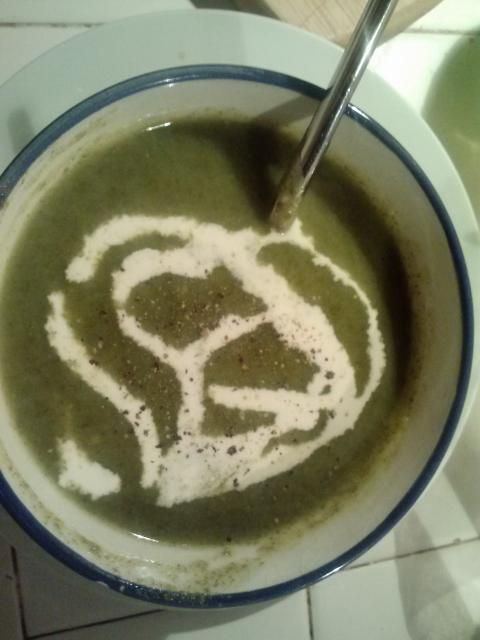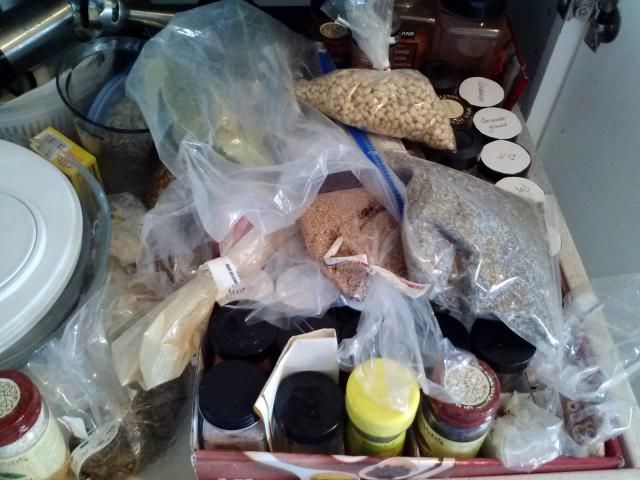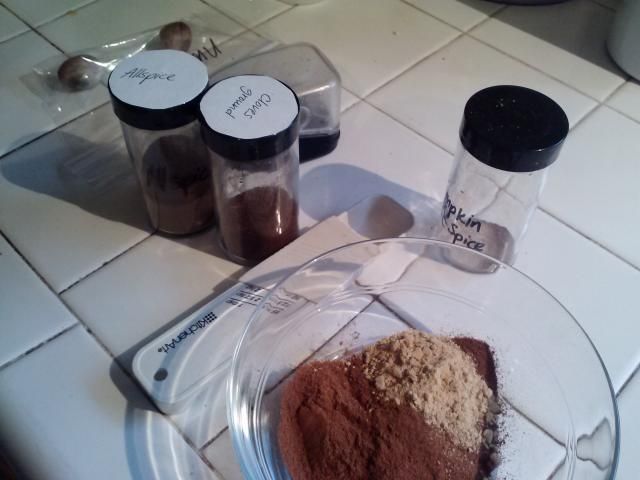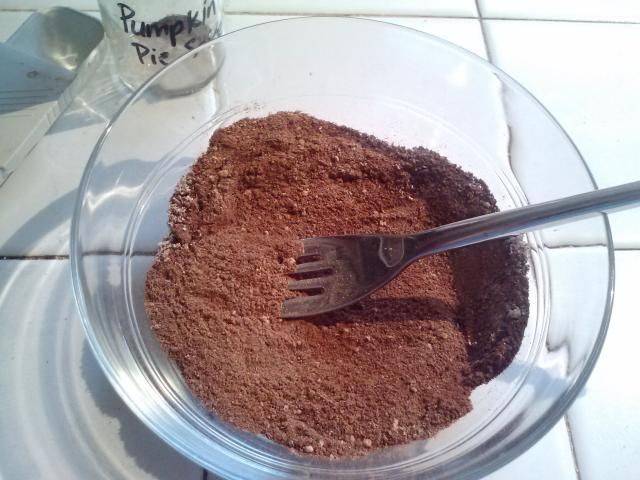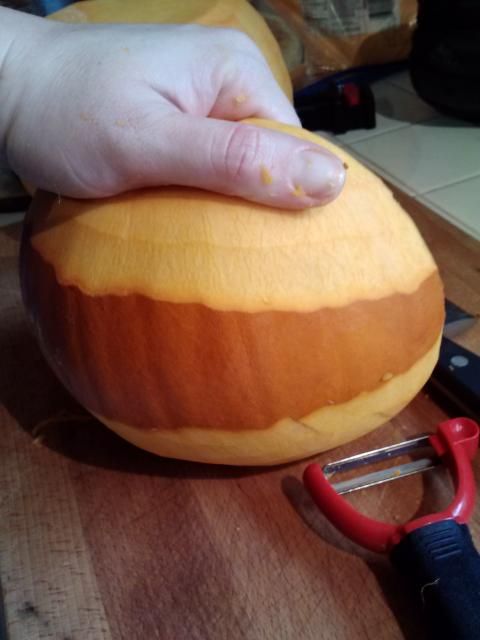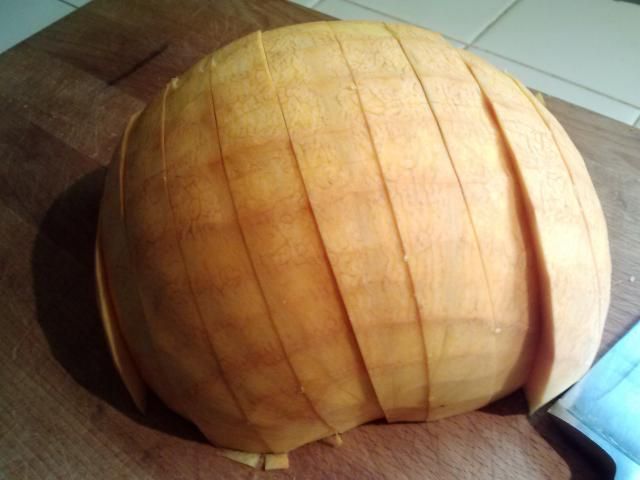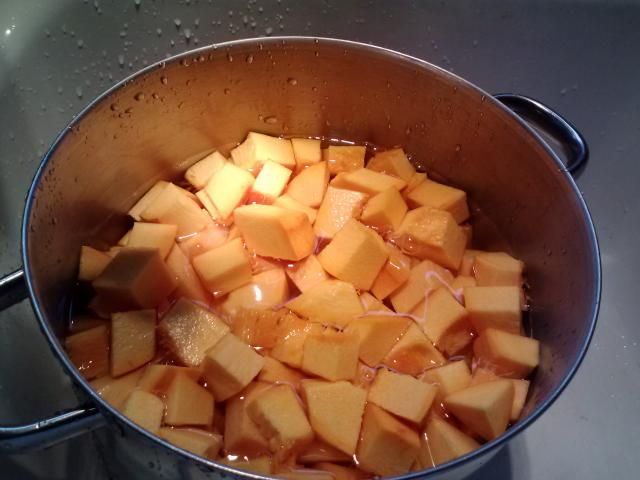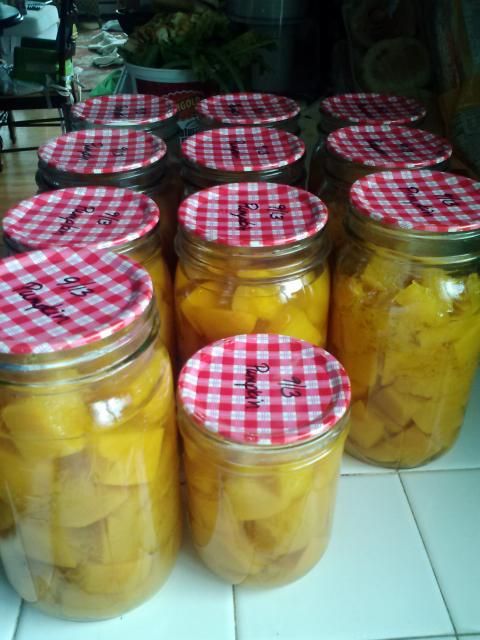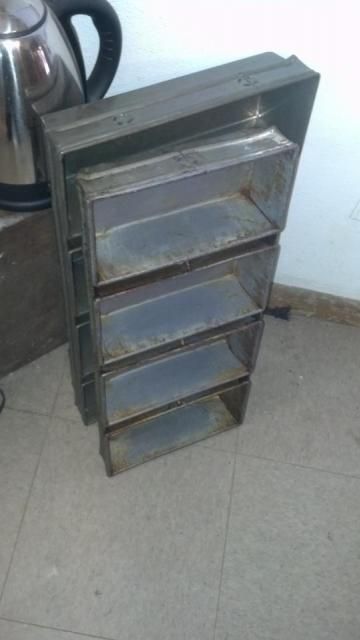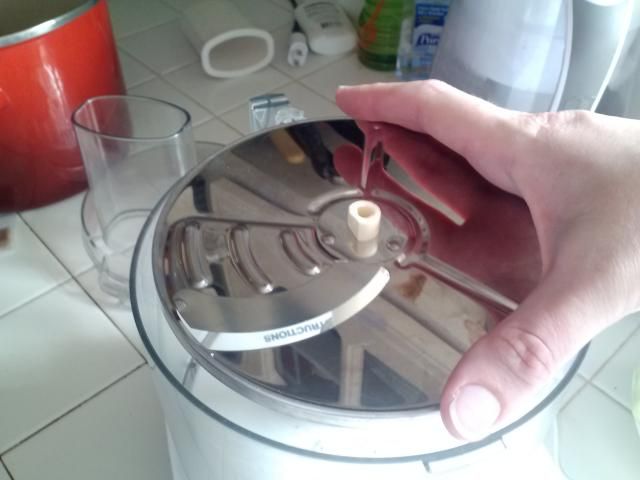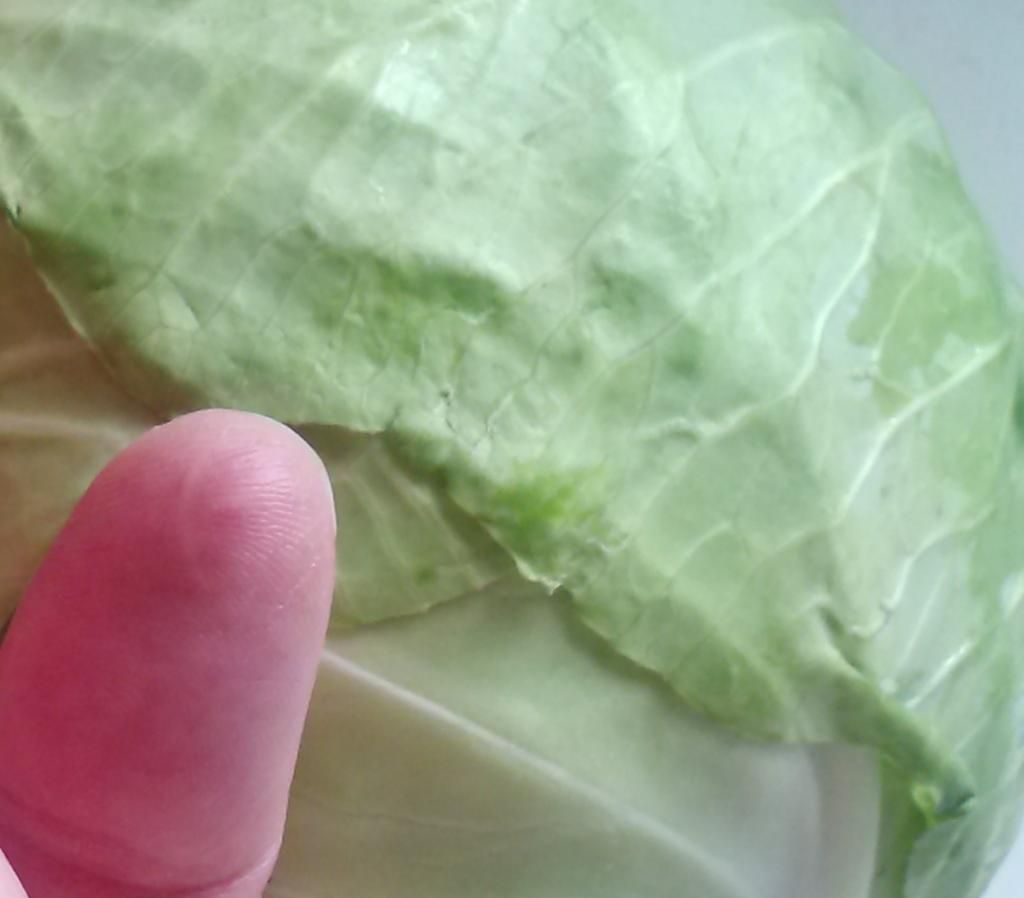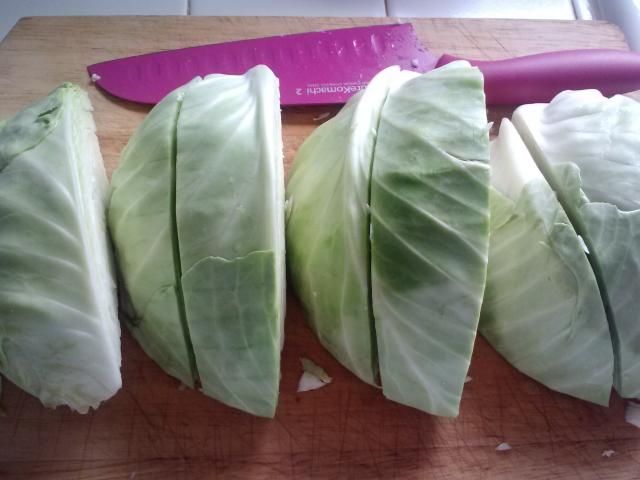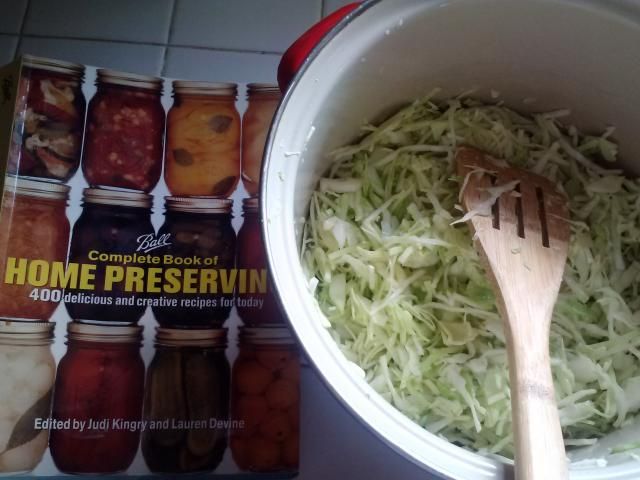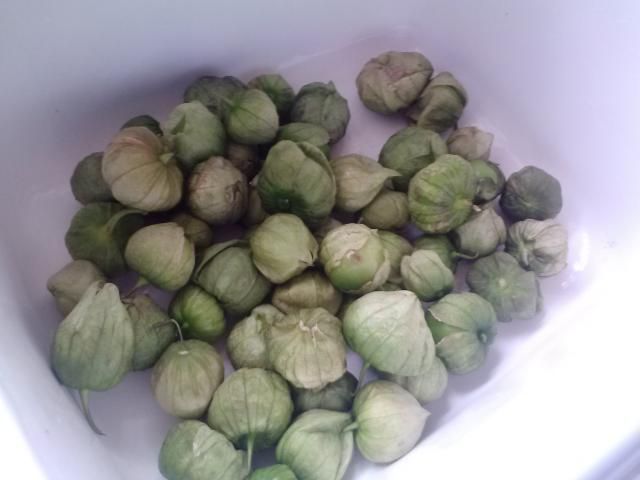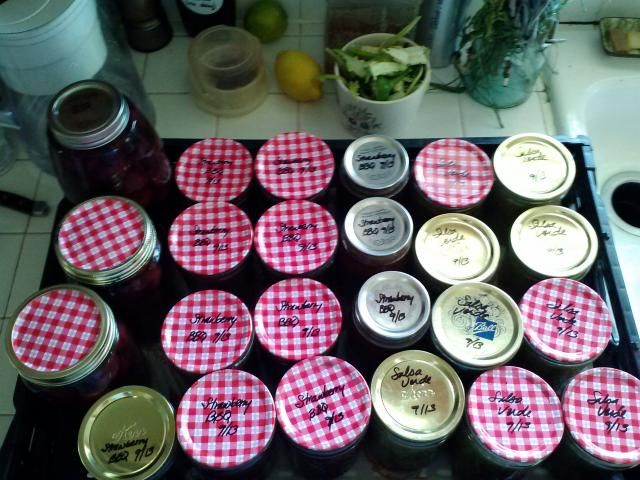Martha Stewart
pissed off a few people last week with a condescending comment about lifestyle and food bloggers.
"Who are these bloggers? They’re not trained editors at Vogue magazine. I mean there are bloggers writing recipes that aren’t tested, that aren’t necessarily very good, or are copies of everything that really good editors have created and done. So bloggers create a kind of popularity, but they are not the experts. And we have to understand that."
This she uttered just moments after lighting up about how much she likes Twitter, and that she's probably not "too big" because others have larger followings and fiefdoms than does she.
I've been blogging for over three years now. I'm not a "trained journalist" but I don't pretend to be, either. Her comments lead me to believe that as long as I'm re-tweeting her thoughts, I'm an acceptable serf. But as soon as I express my own opinions, or develop and post recipes, I'm to be put down as a member of the unwashed masses.
Count me in the "
seriously annoyed" camp.
She also talked about the Home Depot wares not being "schlocky" (shoddy). I assume by this comment that she is referring to her line of items that Hope Depot sells.
Since she's into luxury items and quality, let's examine the quality of the enameled cookware sold under the Martha Stewart name. I've had two, identical Dutch ovens from the Martha Stewart line. These ovens
retail for around $150 at Macy's.
Last year friends of ours moved and couldn't keep their Martha Stewart Dutch oven due to space issues. I had one that I'd gotten on a super duper clearance for $40 around the time Gene and I got married. At just three years old it was chipped and severely
discolored, whereas my girlfriend's had only been used a couple of times and looked brand new.
"Ohhh, shiny!!" And off my three-year-old one went off to the Goodwill, the new one taking its spot.
Here is the Martha Stewart one after less than a year of regular use. See the staining on the bottom? There is a chip inside the pot but I have no idea how that happened. It's also stained (which you can't see here) along the liquid/fond line on the sides. Scrubbing & soaking have not made much of a dent.
In addition to the discoloration, its handles have chipped, despite the fact that we hand-wash it fastidiously with non-scratch pads. The three-year-old Dutch oven this one replaced was considerably more stained and chipped, hence its replacement.
Le Cousances was a French brand of enameled cookware that has
since been purchased by Le Creuset. I bought mine in 1998 for around 200 francs (USD$40) in a store called
Carrefour. I brought that bad boy back from France in my luggage in the days before strict weight limits.
I have used this Dutch oven for 15 years. I've
roasted chicken, made chili, and created countless meals in this cookware. It's earned a place in my kitchen for the rest of my life. Here's the inside of it:
Flawless. This picture was taken after I'd used the pot to make pumpkin chili that had started with browning ground beef and ended with 3 hours of simmering on a gas flame. Clean-up took me about 2 minutes.
Here's a side-by-side comparison of the Dutch ovens' thickness. The Martha Stewart one, at bottom, is considerably thicker. Both are heavy beasts, even more so once full, but the Martha Stewart is unnecessarily difficult to manhandle due to its heft.
The undersides of the lids also show a difference in quality. The Cousances lid has no defects in the enamel. The MS lid, however, has places where the enamel did not adhere to the cast iron, creating opportunistic areas for rust to form.
I'll concede that the Martha Stewart Dutch oven works fine, despite its cosmetic deficiencies. The stained areas do, however, tend to get darker with time and never fully disappear.
The only other Martha Stewart item in my kitchen is a rotary food mill that looks like this one.
I use the food mill extensively during canning season but am looking to replace it with one that has a larger capacity and a stronger spring for pushing the food through the sieves. The MS one takes a long time and a lot of effort but I think that's more a byproduct of it being a rotary mill, not a Martha Stewart product.
In actuality, my experience with an expensive Martha Stewart product is that it is, after all is said and done, high-priced "schlock". The enameled cookware is not worth the money we pay for it, clearance prices or not. A cast-iron item should last a lifetime with proper care. I, do not equate the Martha Stewart name with quality but instead with self-serving pursuit of ego-stroking and money. Not only will I not purchase another item that has her name on it, I won't even bother to take it for free.
The moral of this story is to buy quality, not names. This is not a new lesson, and I'm
not the first to reach this conclusion. My next major kitchen purchase will be a Le Creuset, and the Martha Stewart oven will go off to Goodwill.
(UPDATE: a little
internet research is a good thing when you're unhappy with a product...)



